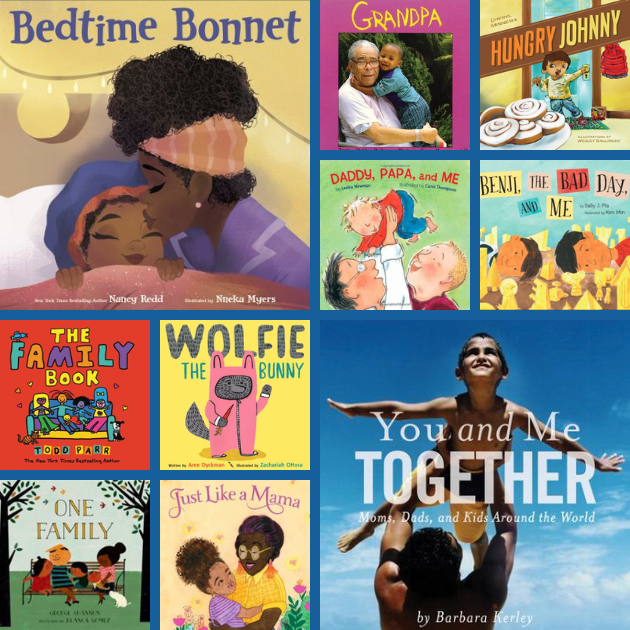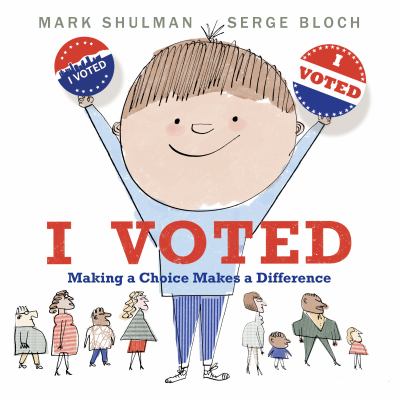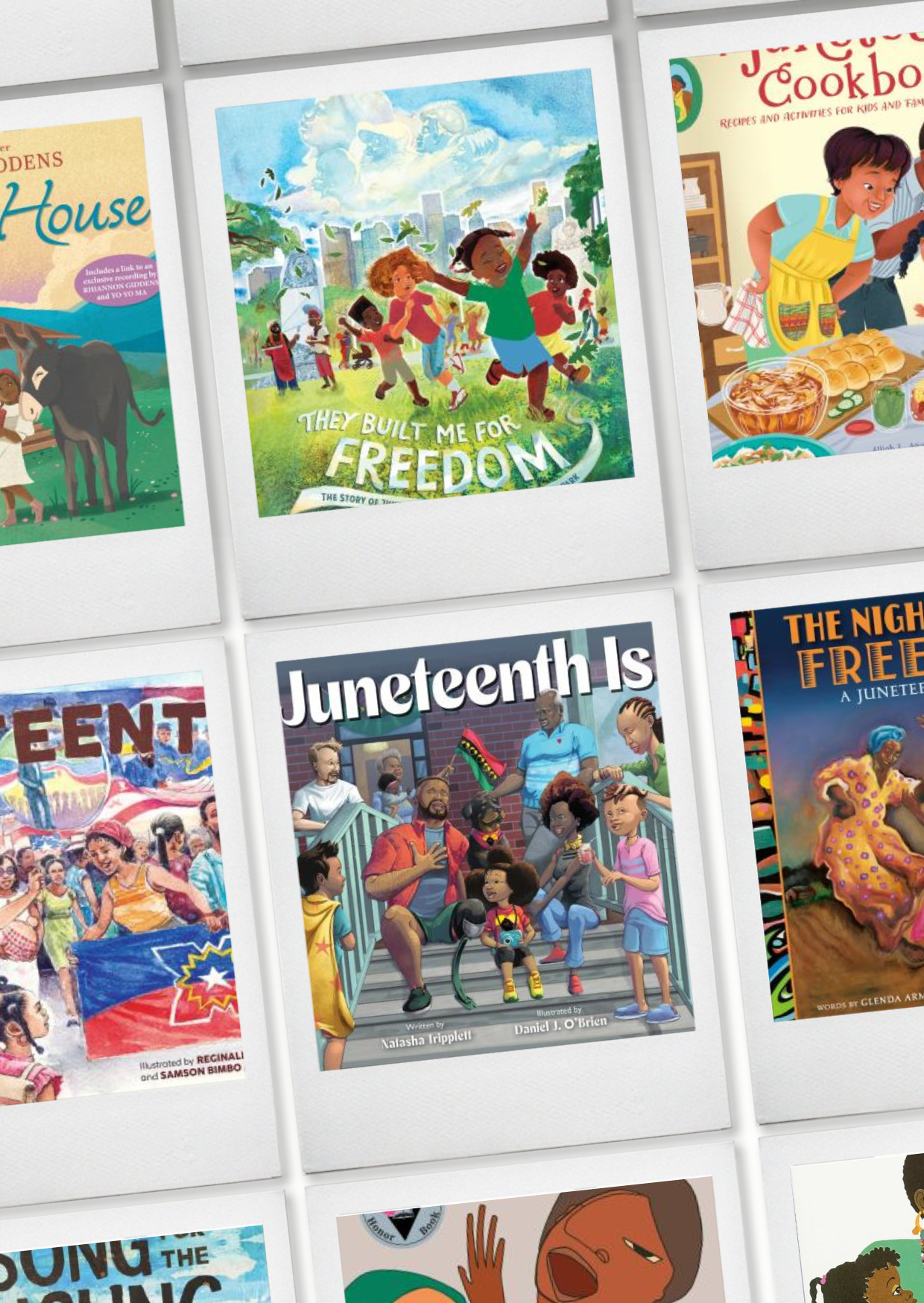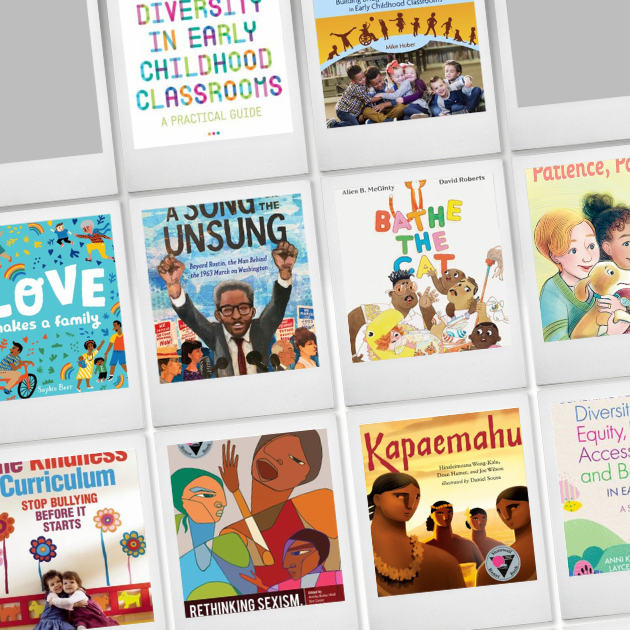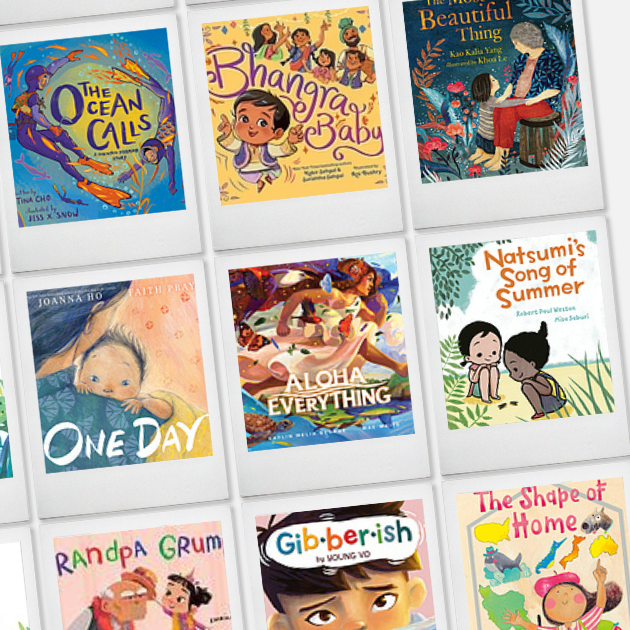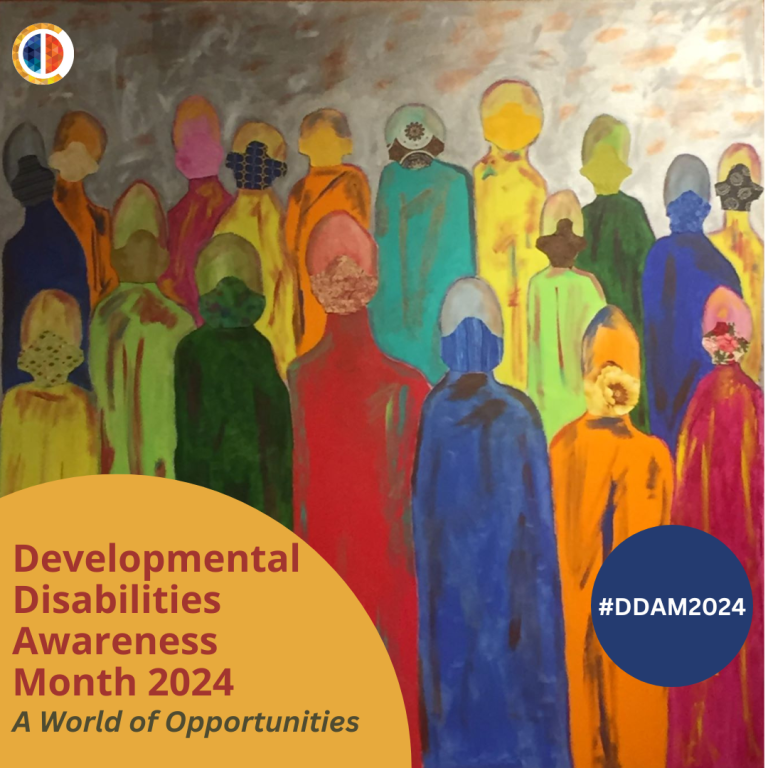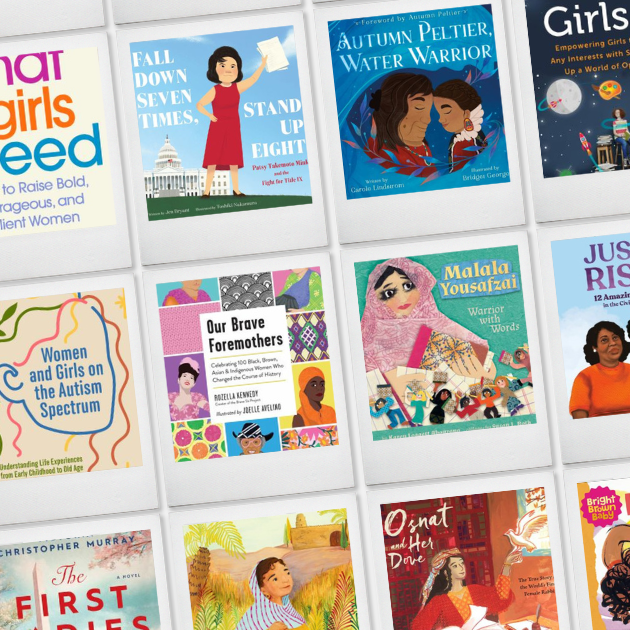Children need representation, inclusion, & diversity in the books they are enjoying. It is a simple enough statement; one we can all agree on. But if asked to talk about why, what is our answer? How do we know if we are doing it right? Or wrong? What harm is done when a child does not see themselves in the books they read or, worse, finds only stereotyped, inaccurate versions of their identities and experiences? On the other hand, how is development positively impacted when a child is surrounded by books that speak to who they really are as well as books that give them a glimpse into the lives of others?
Recently, I was fortunate to take the course “How to Build Diverse Collections” through Library Journal and School Library Journal and, based on what I learned, I will be taking the Debra Fish Library’s collection through a diversity audit (more on this to come!). Here, as in many other cases, the overlap between the work of educators and the work of librarians is visible, and I want to share some of the class resources with those of you in the classroom.
In this initial post, I want to point out a handful of experts who have worked and continue to work tirelessly toward diversity, inclusion, and representation for all children and share their knowledge with practitioners in other fields. Their essays, interviews, and talks can teach us more, provide resources to share with others, and be helpful to turn to when evaluating new classroom resources and old ones, too.
Below is a quick roundup of resources to start or support your work in building book collections in which children see themselves reflected positively and have many opportunities to learn about the experiences of other children and communities.
Comment below to share additional resources and the names of experts you turn to in this work.
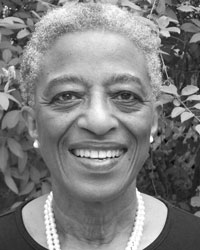
- Dr. Rudine Sims Bishop is professor emerita of education at Ohio State University and is considered the “mother of multicultural literature” for her significant work in advocating for representation and diversity within children’s books. In 1990, she published a foundational piece on diversity in children’s literature called “Mirrors, Windows, and Sliding Glass Doors”, a work which is still widely referenced today.
She discusses how ample opportunities for children to see their identities and experiences positively and accurately reflected and just as many chances to see into the accurate realities of other children and communities is developmentally critical. Dominant social groups are significantly more likely to see themselves represented and represented through many different angles compared to non-dominant social groups.
2. Expanding on Bishop’s paper, children’s author Uma Krishnaswami adds the concept of prisms to Why Stop at Windows and Mirrors?: Children’s Book Prisms, explaining the power books have to tell more than one story, to challenge assumptions about diversity. In some instances intersecting identities and experiences may act as mirrors to some while sharing universal truths for all readers.
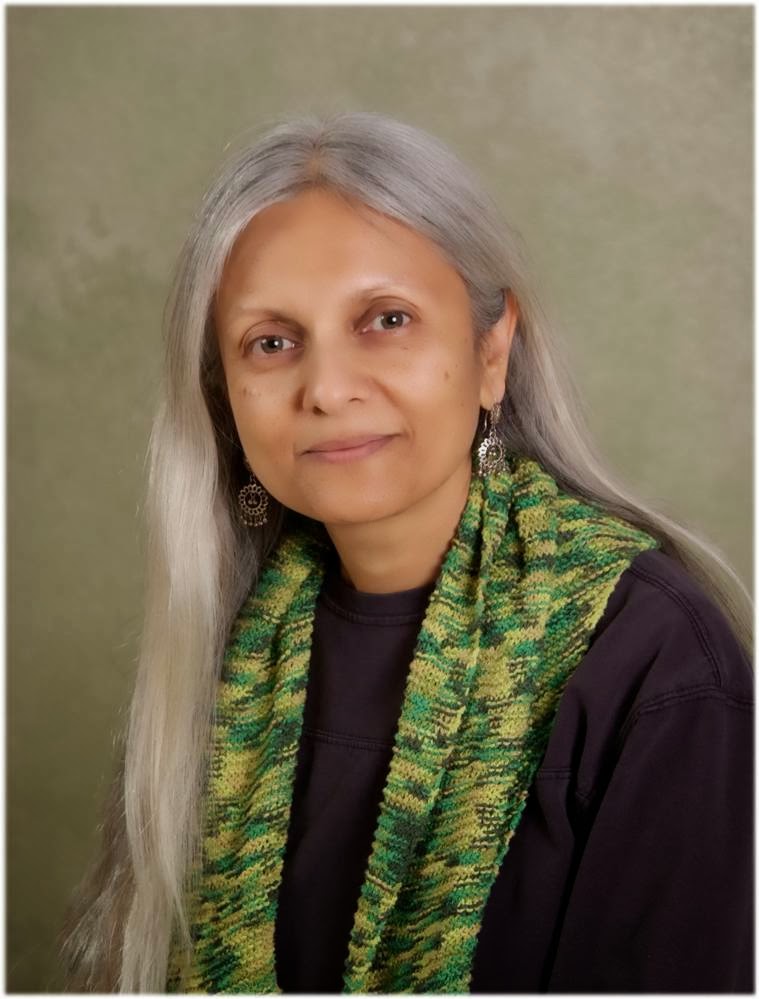
- In this Ted Talk The Danger of a Single Story, Chimamanda Ngozi Adichie, renowned Nigerian author who covers themes of politics, culture, race, and gender in her writing, speaks in a similar vein to Bishop’s research about the reality of our overlapping identities and what it means not to find yourself in the pages of the books you read.
4. A question that often surfaces in discussions around representation and diversity in books is whether an author has the authority to speak on or from a certain perspective and why this question is even important to wrestle with. Beloved children’s book author Jacqueline Woodson broaches this topic in Who Can Tell My Story.
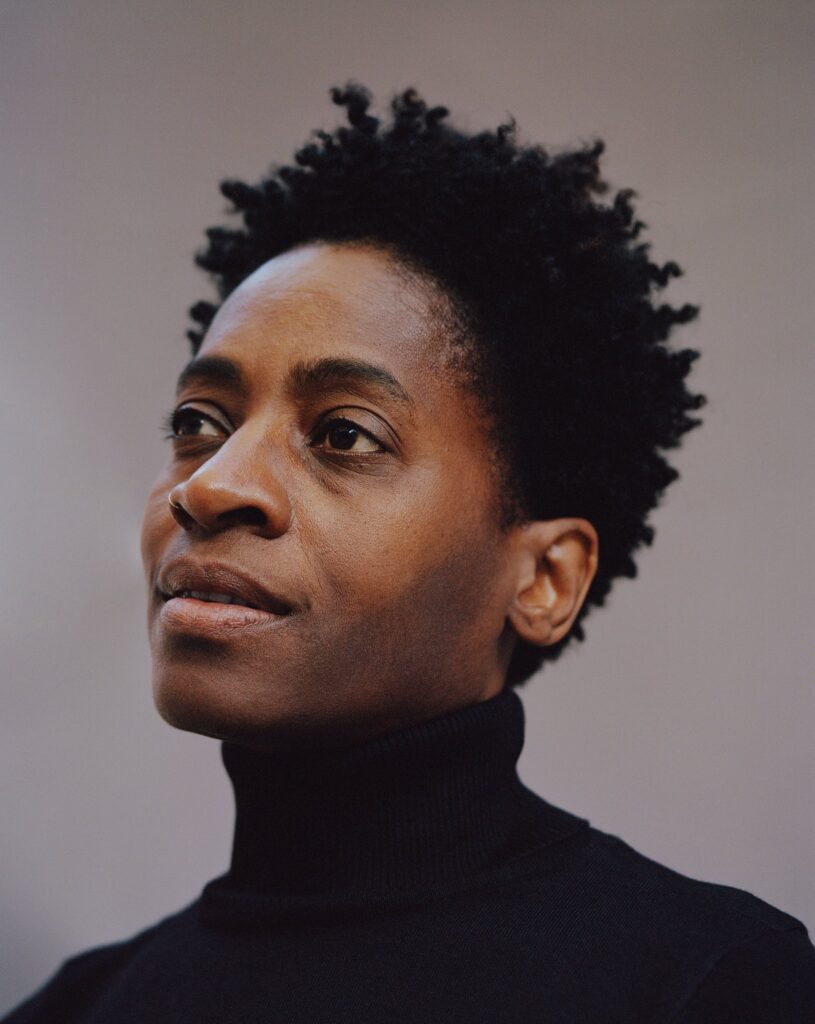
- [RESOURCE] Content Analysis of LGBTQ Picture Books for Elementary Education Through an Intersectional Lens may sound intimidating (and, in terms of length, it is a little bit!) but the authors, researchers from McGill University, offer so many insights about the concept of mirrors and windows for LGBTQIA+ readers in a heterocentric publishing environment that I had to include it! Don’t be surprised if this is a reference you return to repeatedly for tips on building LGBTQIA+-inclusive collections.
- [RESOURCE] Pick a Book, Any Book: Using Children’s Books to Support Positive Attitudes Toward Peers With Disabilities Regular inclusion of children’s books about many different disabilities can be one tool in helping young children’s correct misconceptions, learn new appropriate terminology, and, importantly, increase children’s acceptance of peers with disabilities.
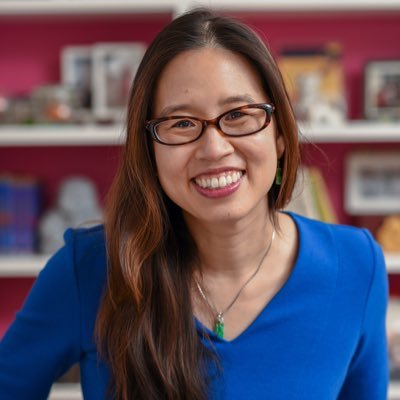
7. Newbery Award Honoree Grace Lin uses Bishop’s windows and mirrors concept to share the connections between finding yourself in the pages of a book, self-worth, and valuing others in this Ted Talk The Windows and Mirrors of your Child’s Bookshelf.
If you would like additional resources on the topic of diversity, inclusion, and representation, please reach out to me at libaraian@thinksmall.org or (651) 641-3544. The Debra S Fish Library offers a personal book shopping service for parents and educators who are interested in diversifying their children’s book collection.
By Jennie Walker Knoot

